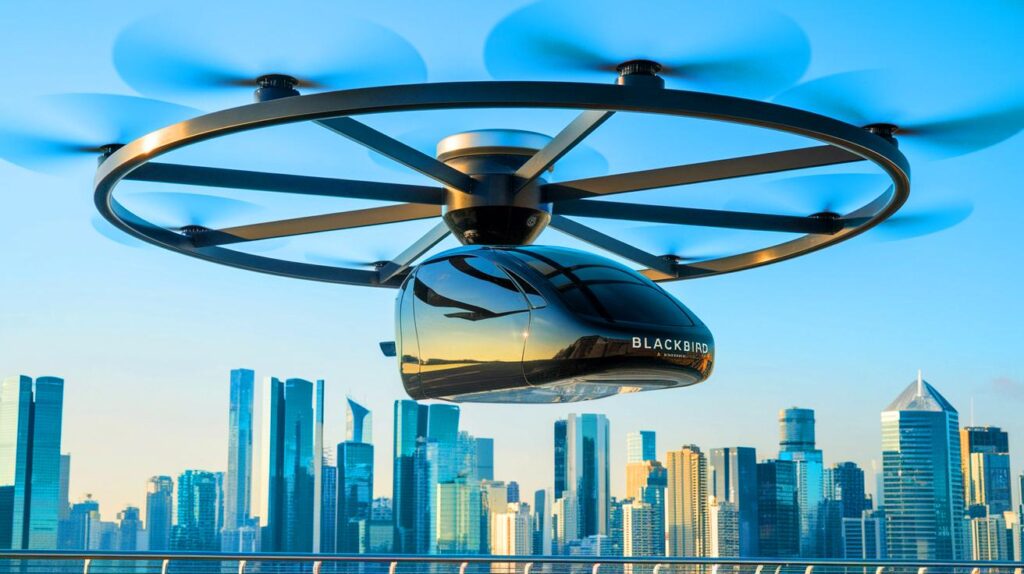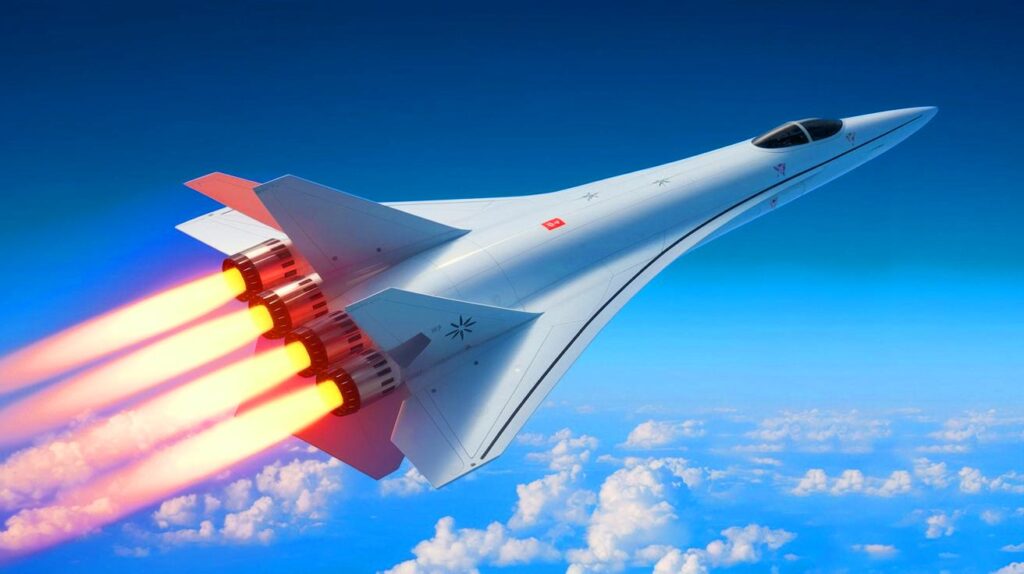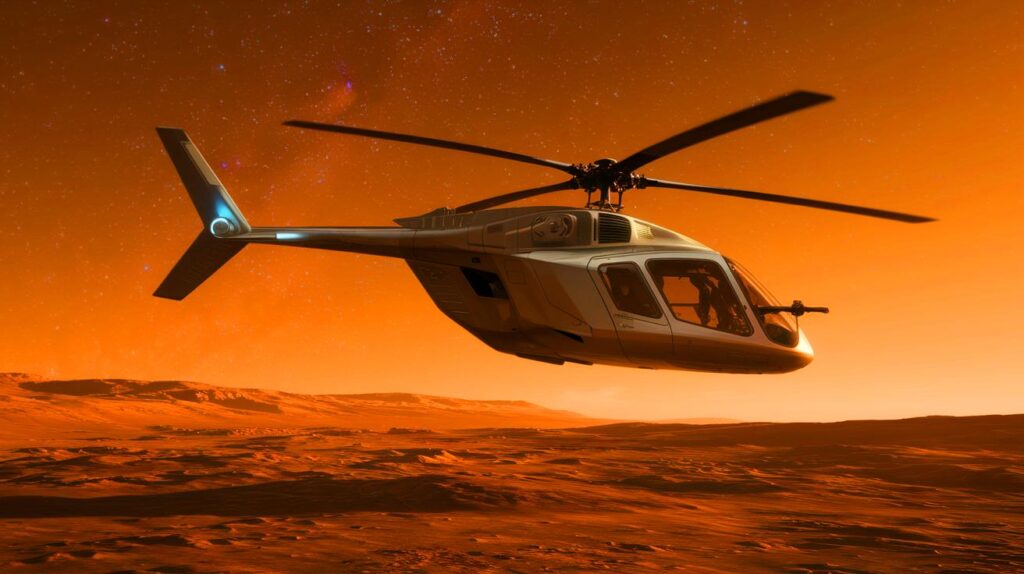| In Brief |
|
The development of flying cars has always captured imaginations, and each new technological advancement brings us closer to this dream. CycloTech, an Austrian company, has recently unveiled plans for the “BlackBird,” a flying car demonstrator that utilizes revolutionary propulsion technology. This project promises to bring significant changes to advanced air mobility by leveraging innovative components that could transform how we travel through the skies.
The Technology Behind BlackBird
The “BlackBird” stands out due to its unique propulsion system called CycloRotor. Based on the principles of the Voith Schneider propeller, this all-electric system features a circular rotor with small propeller blades inside. These blades, which rotate around a central axis, enable the vehicle to propel itself and navigate with remarkable precision. By adjusting the angle of the blades, the aircraft can alter its speed and direction, offering exceptional maneuverability. This technology, often deployed on tugs and ferries, is being adapted by CycloTech for aviation, presenting new possibilities for aerial navigation.
Representatives from CycloTech emphasize that this innovation allows the “BlackBird” to make precise trajectory adjustments and adapt to challenging weather conditions. Compared to traditional electric vertical take-off and landing aircraft (eVTOLs) that utilize more conventional propeller designs, the “BlackBird” offers a more comfortable and safer experience for passengers.
The Demonstrator’s Performance
Currently, the scaled-down model of the “BlackBird” can sustain a maximum load of 750 pounds (340 kilograms) and reach speeds of 73 mph (118 km/h). While this is nearly half the speed of a Cessna Skyhawk, one of the most popular light private aircraft, the potential of this new propulsion system is immense. The ability to move in all directions and perform complex maneuvers in flight is a significant advantage for this type of vehicle.
CycloTech has released several promotional videos showcasing the CycloRotor technology in action, propelling and levitating scaled models. These demonstrations aim to convince investors and potential partners of the revolutionary potential of this technology in the field of advanced air mobility.
Future Ambitions of CycloTech
The team behind the “BlackBird” has clear ambitions for the future. Their goal is to have a full-scale version of this aircraft flying by early 2025. This timeline reflects their commitment to turning this promising project into a tangible reality. By collaborating with aviation experts and leveraging cutting-edge technologies, CycloTech hopes to overcome the technical and regulatory challenges that accompany the development of such vehicles.
The success of the “BlackBird” could pave the way for a new era of urban air transport. Imagine a world where daily commutes occur in the air, reducing road congestion and the carbon footprint of traditional ground transportation. This project marks a significant step toward that ambitious vision.
Implications for Sustainable Mobility
Beyond technological advancements, the “BlackBird” is part of a broader context of sustainable innovation. The focus on a fully electric propulsion system addresses the growing need to reduce carbon emissions and promote more environmentally friendly transportation modes. As the energy transition accelerates, the integration of technologies like the CycloRotor could play a key role in the future of transportation.
By combining energy efficiency and advanced mobility, CycloTech could help reshape our relationship with urban mobility. This initiative aligns with global efforts to develop greener and more sustainable transport solutions in line with greenhouse gas emission reduction objectives.
As the “BlackBird” continues to captivate the imagination, it remains to be seen how this innovative technology will be adopted on a larger scale. What technical and regulatory challenges must still be overcome for this aerial revolution to become a reality?








